Since childhood, I always wanted to live among the animals of Australia – even if for a few days only. And this was how the Kangaroo Island, a small dot in the Indian Ocean, materialized first in my imagination, and then – in our itinerary for the Spring 2016 trip. Overlooked by most popular guidebooks, this third largest Australian island (after Tasmania and Melville) remains the largest secret of that country for many globe trotters. There are precious few corners left in our 21st century urbanized world where Australian animals could be observed in the wild, and Kangaroo Island is exactly that place.
Just like the island itself, its best accommodation (at least in our opinion!) is not mentioned in either the Lonely Planet or Rough Guide, the very books usually consulted by travelers to Australia. This picturesque luxury establishment with its main lodge and free-standing 5-star villas faces a secluded private beach and seems as ubiquitous to the island landscape as Australian bush. Situated on a 250 acre seafront estate and surrounded by woods, the Sea Dragon Lodge constitutes a true refuge from the modern world – for people and the wild animals alike.
I do not remember how I found the Sea Dragon. Was that just surfing the internet? I believe not in coincidences but rather in that web of connections that brings people together. And before I knew it, the lodge owner Steve Lane and I were corresponding, and I felt I found an understanding friend. I am sure that this is how Steve, as a lodge owner and a guide, operates: treating all his customers with acute sensitivity to their needs and wants. But both my husband photographer Alex and I felt we were the “ones and only” dear, long-awaited friends of Steve who finally arrived to see his island.
Calling the Kangaroo Island “the only guilt-free place in Australia,” Steve introduced us to its history. The British Government commissioned Capitan Matthew Flinders to explore this part of Australia in 1800. He found no humans there but an abundance of – well – kangaroos. The Aboriginal people avoided this island because they believed that it was inhabited by evil spirits. Modern archeological evidence suggests that the Aboriginals left the island at least two thousand years prior to Capitan Flinders’s arrival. After World War I, the Australian Government offered the island’s land to returning soldiers either as a reward for their service to the Crown or to get deeply traumatized veterans out of big cities. Today, most of the island’s land is a national park or reserve established to protect its unique wildlife and sublime natural beauty. The climate there is very pleasant and mild, of a Mediterranean kind, and could as well be a setting for a Shakespearean play. So it was only natural for us to see Steve becoming our Prospero who instead of creating the Tempest for his old enemies, unveiled for new friends the magic of his island, one treasure at a time. We were treated to two full-day safaris with Steve as our driver and a naturalist guide. Our island discovery trip culminated in a night walking tour of the bush led by Steve’s friends, the Chesters, a renowned photographer and a contributor to the Royal National Geographic, and his wife, a biologist and a National Park ranger.
The island is very diverse landscape-wise and is indeed rather large. It takes almost three hours just to drive east to west, from Cape Willoughby to Flinders Chase National Park, and over an hour – north to south – from Stokes Bay to Vivone Bay. Guided by Steve, we slowly took it all: rolling hills and secluded bays of the North Coast; the rugged, almost surreal landscape of the South Coast; iconic Remarkable Rocks on the western end; the picturesque seaside village of Penneshaw on the Dudley Peninsula; and of course – the animals. The Kangaroo Island was spared by the damage done to the mainland by the species introduced by the European settlers, such as foxes or rabbits. As a result, it preserved its unique environment. Some animals either evolved into distinctly different-looking creatures like long-haired kangaroos, and some, almost extinct on the mainland, like Tammar wallabies, flourished.
We could not drag ourselves away from Steve’s “secret” place, just around the corner from his estate, where Australian sea lions and New Zealand seals sun-bathe on the shore surrounded by their babies. In the morning we were greeted by giant long-haired kangaroos and curious wallabies. Late evening we had the cutest brush-tail possum honoring us with his regular visits to our deck. One afternoon we encountered two echidnas crossing the road: each one stopped to either pose for Alex or pretending it was a stone. Koalas slept up high on eucalyptus trees, but one was considerate enough to demonstrate us her amazing front and hind paws: she stretched them one at a time in a slow tai-chi-type motion. We were among the animals of Australia, true indigenous custodians of this island.
For us, the Sea Dragon Lodge became the center of this unique world. Steve, an excellent guide, was a wonderful host as well. He presented us with a bottle of champagne on our milestone anniversary and organized a once-in-a-life-time experience to celebrate our special day: a luncheon inside an…ancient fig tree! (See my next review/blog).
A great majority of US visitors concentrate their exploration of Australia on Sydney and Melbourne, supplementing their experiences by visiting either the Ayers Rock or the Great Barrier Reef. While these iconic places are certainly the “musts,” no true understanding of this country could be complete without a trip to the Kangaroo Island. And, of course, without encountering the host-guide-friend par excellence: Steve Lane and his terrific Sea Dragon Lodge!
Useful links:
1. The best place to stay and discover the island: Sea Dragon Lodge: http://www.seadragonlodge.com.au/
2. To get to the island, fly to Adelaide and then take either Regional Express Air: http://www.rex.com.au/ or
3. SeaLink Ferry: https://www.sealink.com.au/kangaroo-island-ferry/
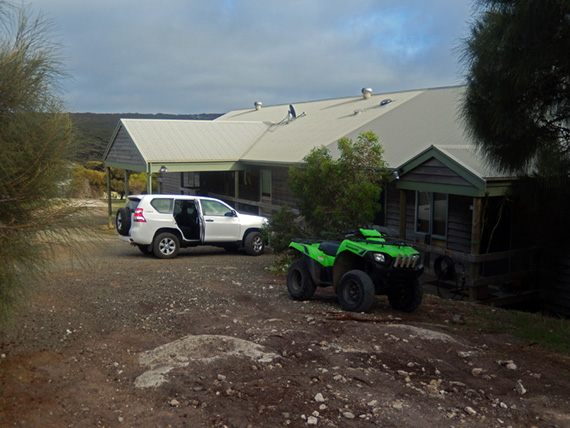

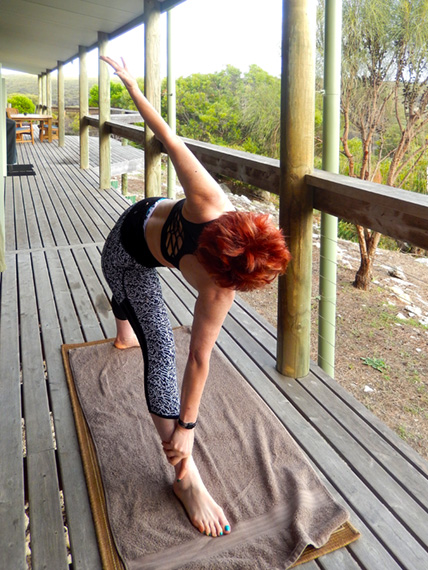
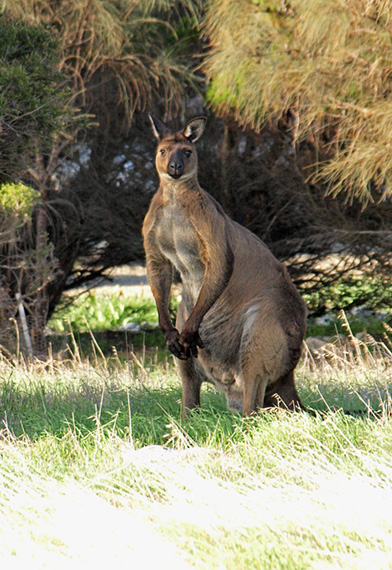
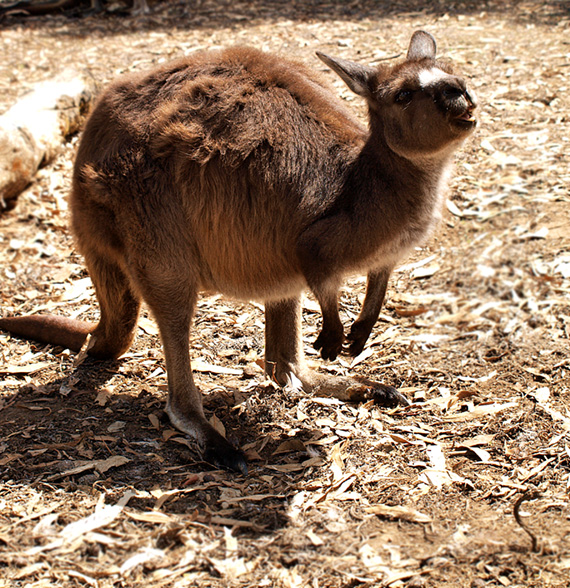
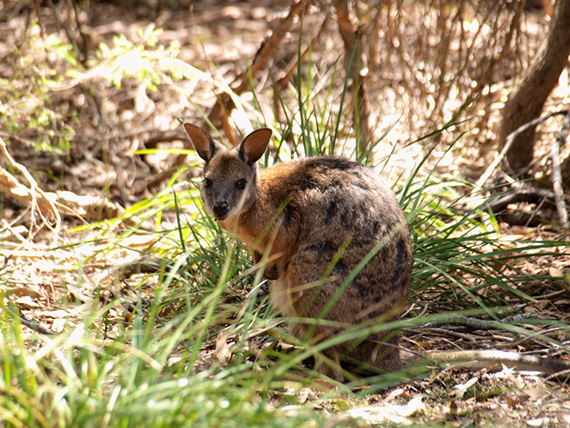
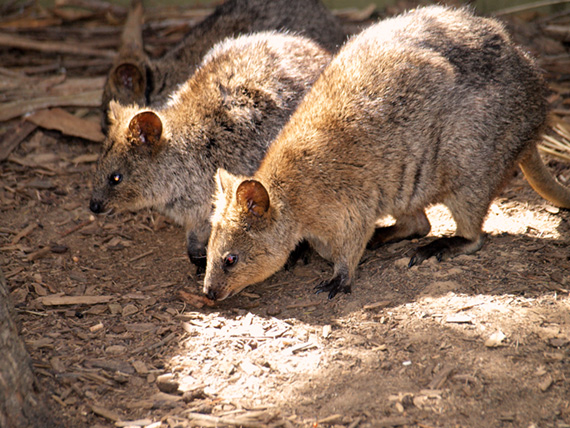
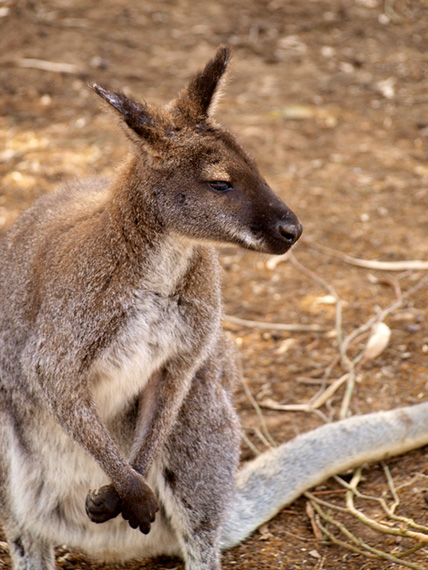
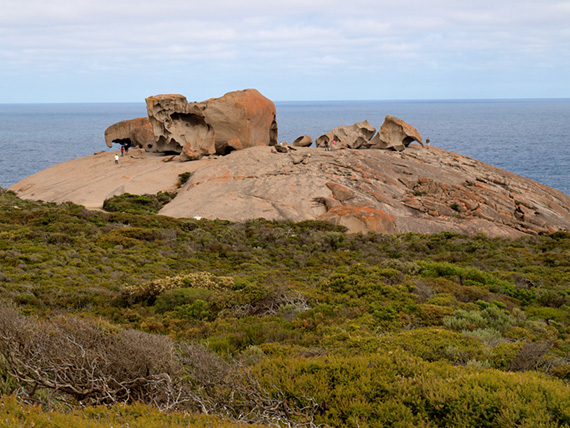
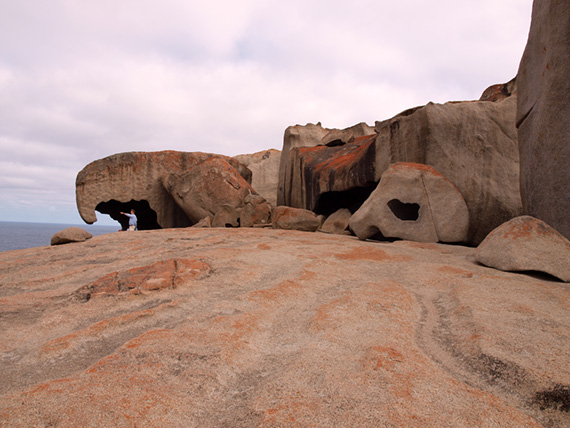

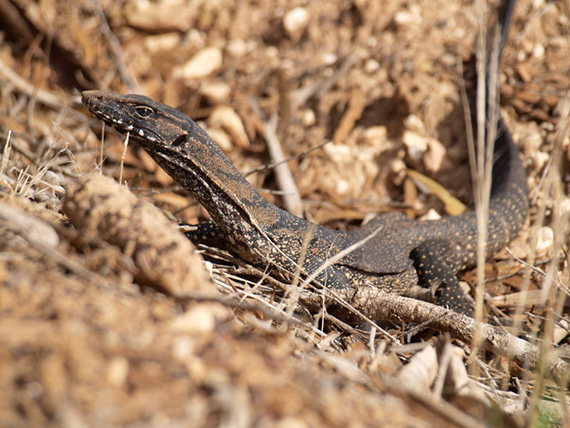
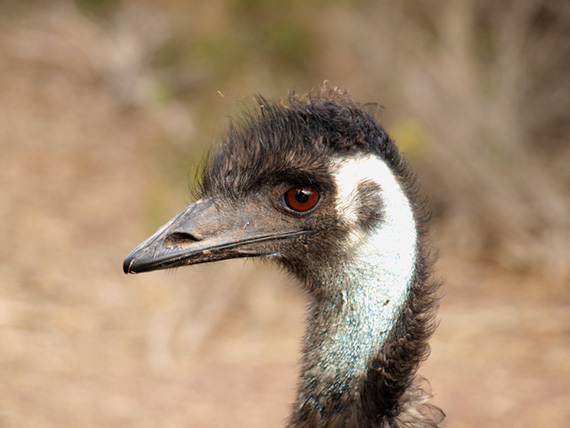

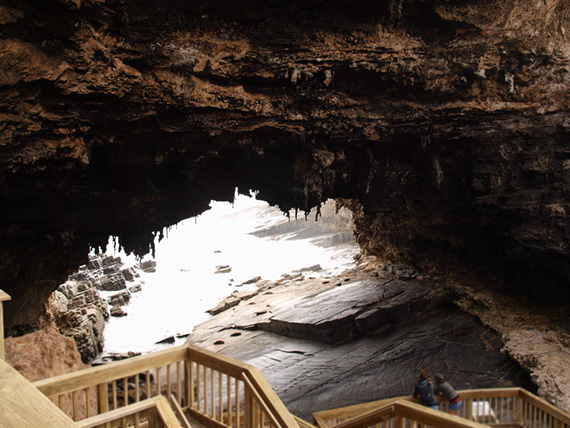
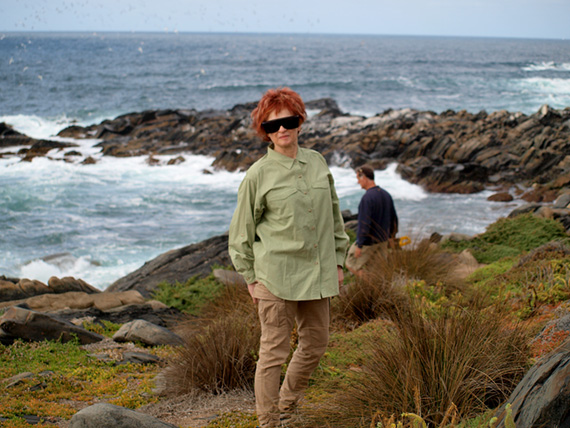
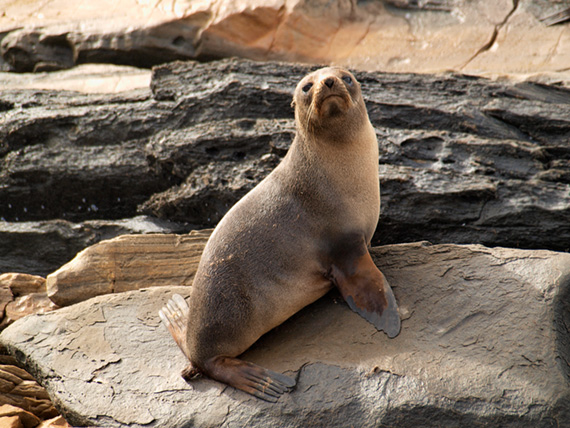
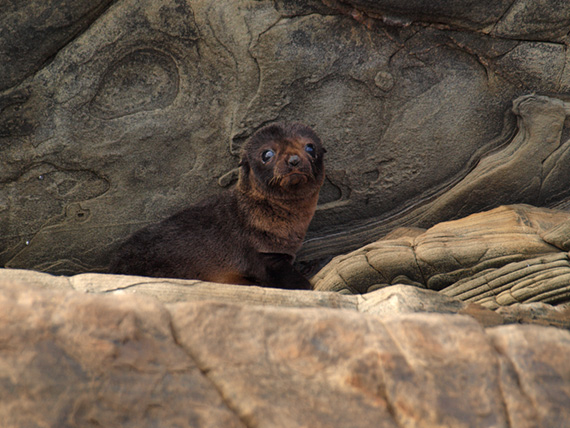
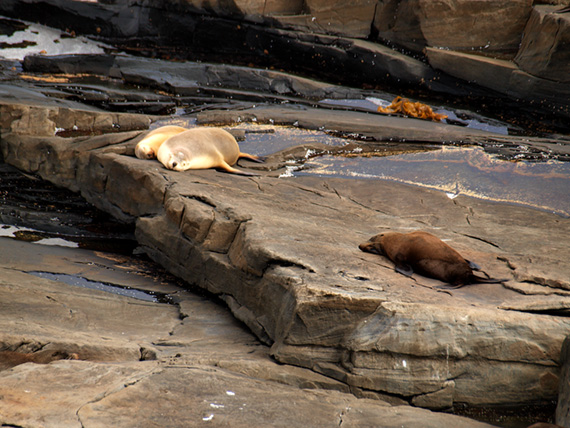
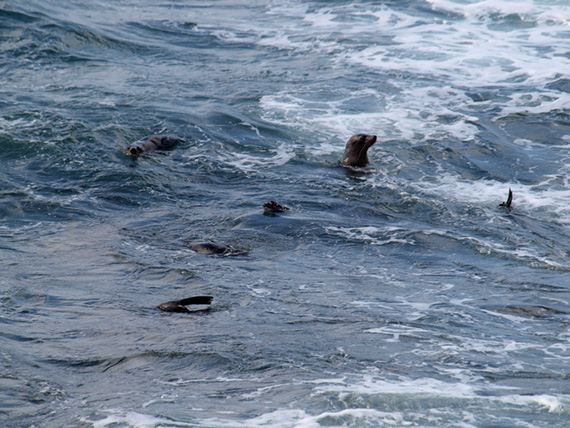
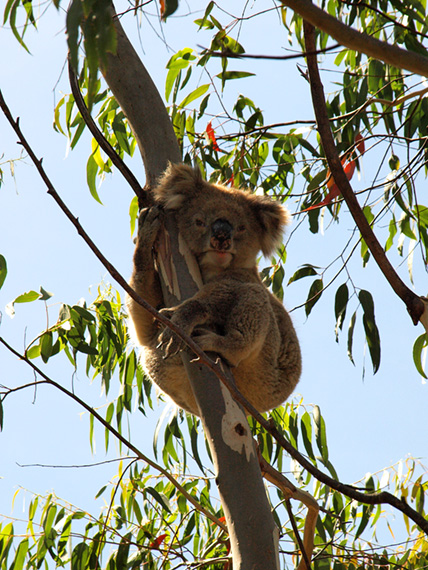
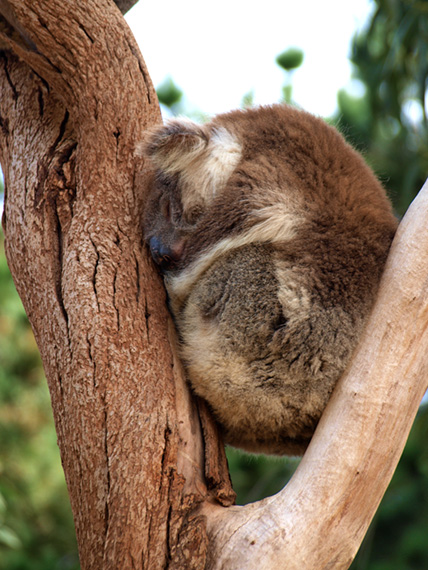


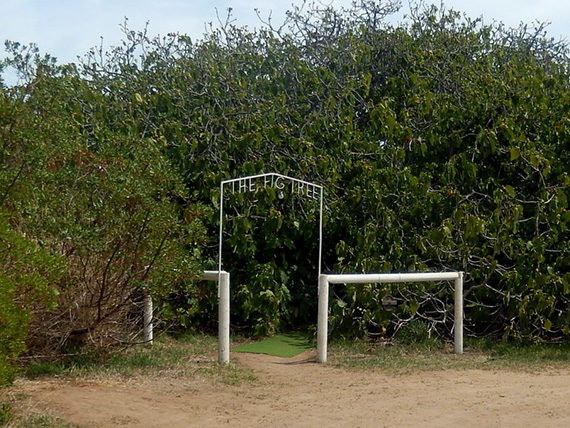
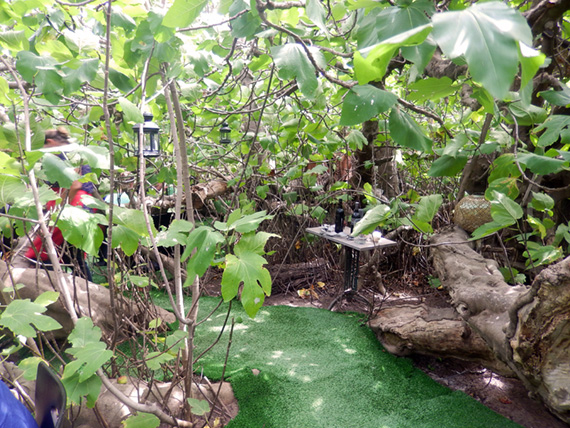
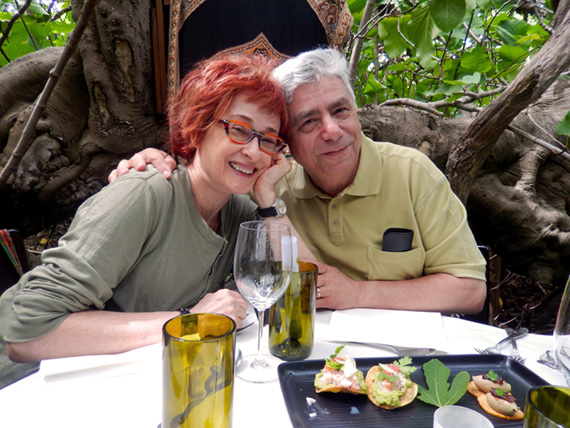
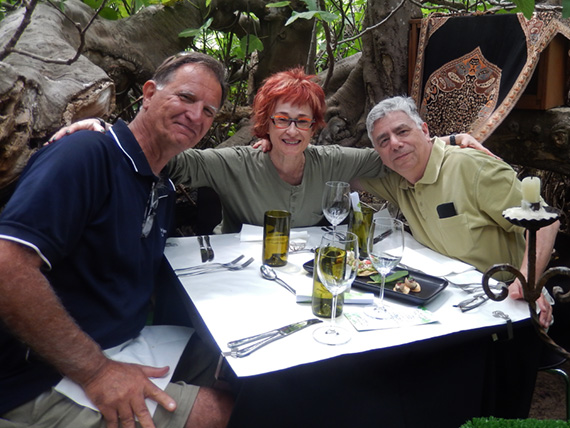

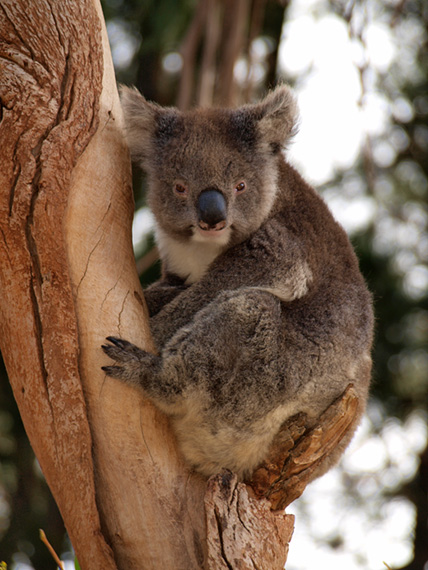

I so enjoyed this trip to Kangaroo Island with you. Irene, you’re a great story teller and Alex’s photos are the best. Love the sunning seals!!
Hi Alex & Irene,
Thanks heaps for your very kind words. It was an absolute delight to have you both stay. Hopefully we’ll catch up with you in the US in the next year or so.
All the best Steve
Sea Dragon Lodge
Wow! What an enchanting adventure. Sound idyllic! Gorgeous pictures. Loved the koalas and lizard especially.
Thank you for sharing your excellent animal and landscape photographs and wonderful story about Kangaroo Island. I could almost smell the earth and the sea as I looked at the photos! I don’t recall ever having heard about this island before, but you have made me want to see it for myself. The beach reminds me of Negral Beach, Jamaica of about 50 years ago when it was seven miles long, and not one hotel could be seen! We would enjoy that kind of experience again. Please continue traveling and sharing your stories with us… Love those Koalas!
The pictures and description really make you want to visit…!
The pictures and description really make you want to visit…beautiful place and rarely so.
I love your story, the pictures… great, as always! Thank you for sharing.
FABULOUS!
Corinne
What a lovely story of the place for mind and body to relax! Pictures worth a thousand words, but in this case both the tale and the photos are equal partners to create an effect of full immersing into this dream world from your childhood.